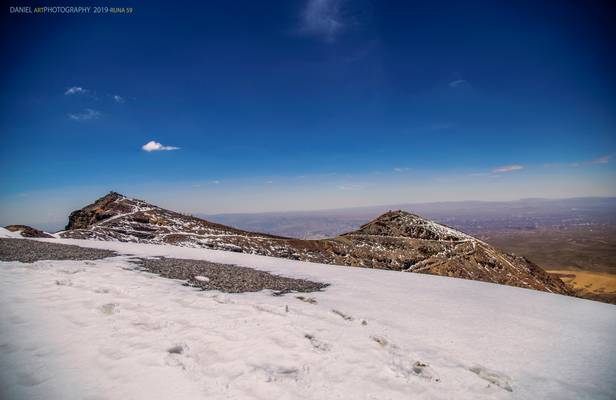
0
Runa Photography, Daniel © 2019 © All rights reserved, don´t use this image without my permission
Around 15,000 years ago, as the Ice Age began to retreat, people were forced to either adapt to changing conditions or perish. By now, many of the large mammals had disappeared—due presumably to both intensive hunting and to the changing environment.
Around 8,000-10,000 years ago, the first signs of agriculture began to appear. People also began to selectively breed wild guanacos and vicuñas, creating two new species in the process: the llamas and the alpacas. Gradually, hunter gatherers became farmers and farming began to slowly spread through the Andes. With increased production of potatoes, quinoa, corn, squash, peanuts, and chilies, populations soon began to increase and social classes began to emerge. It was during this period that the first temples and ceremonial platforms began to rise, constructed by societies now composed of priests, nobles, artisans, metallurgists, warriors, and peasants working the fields.
Source:Kim Mac Quarrie